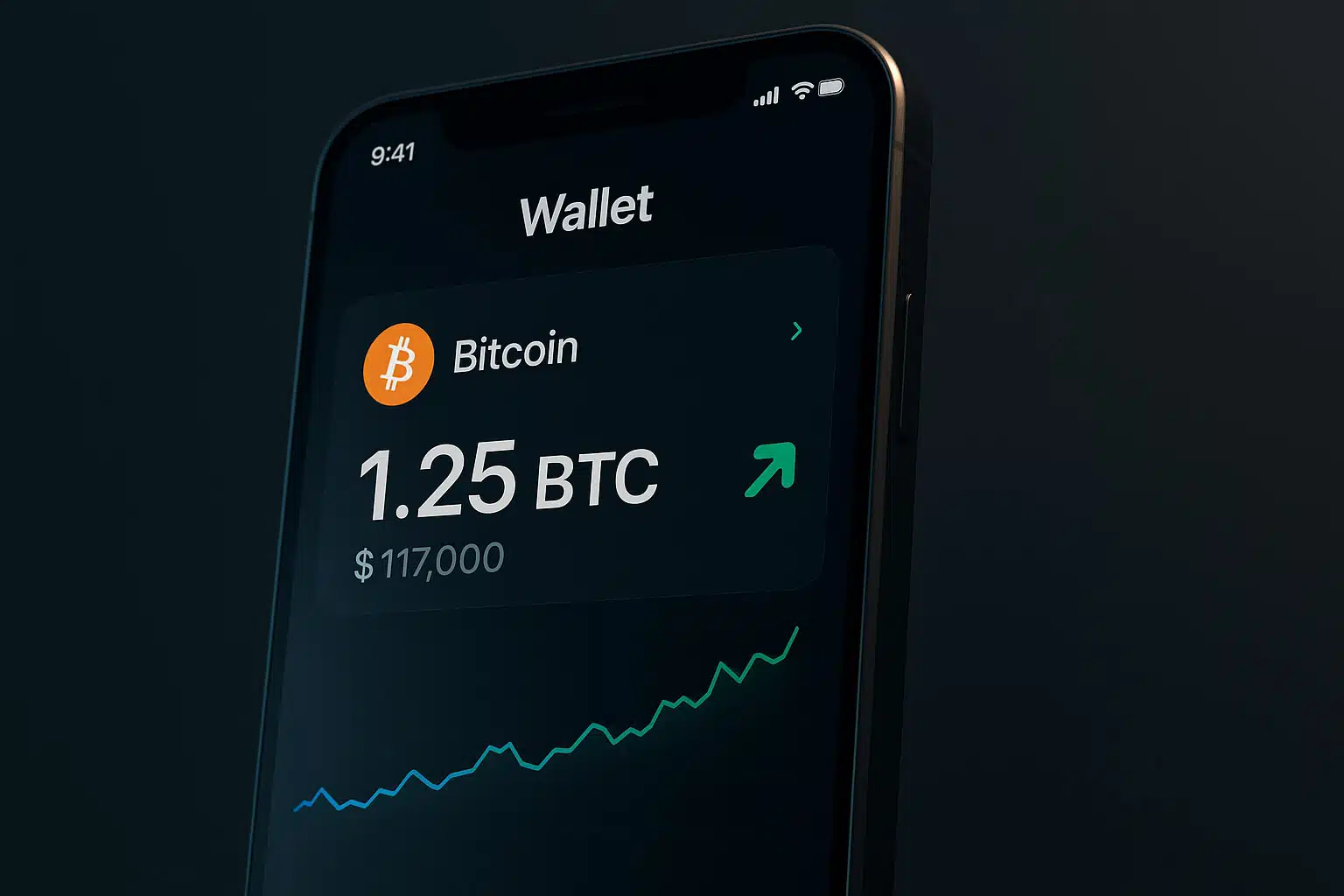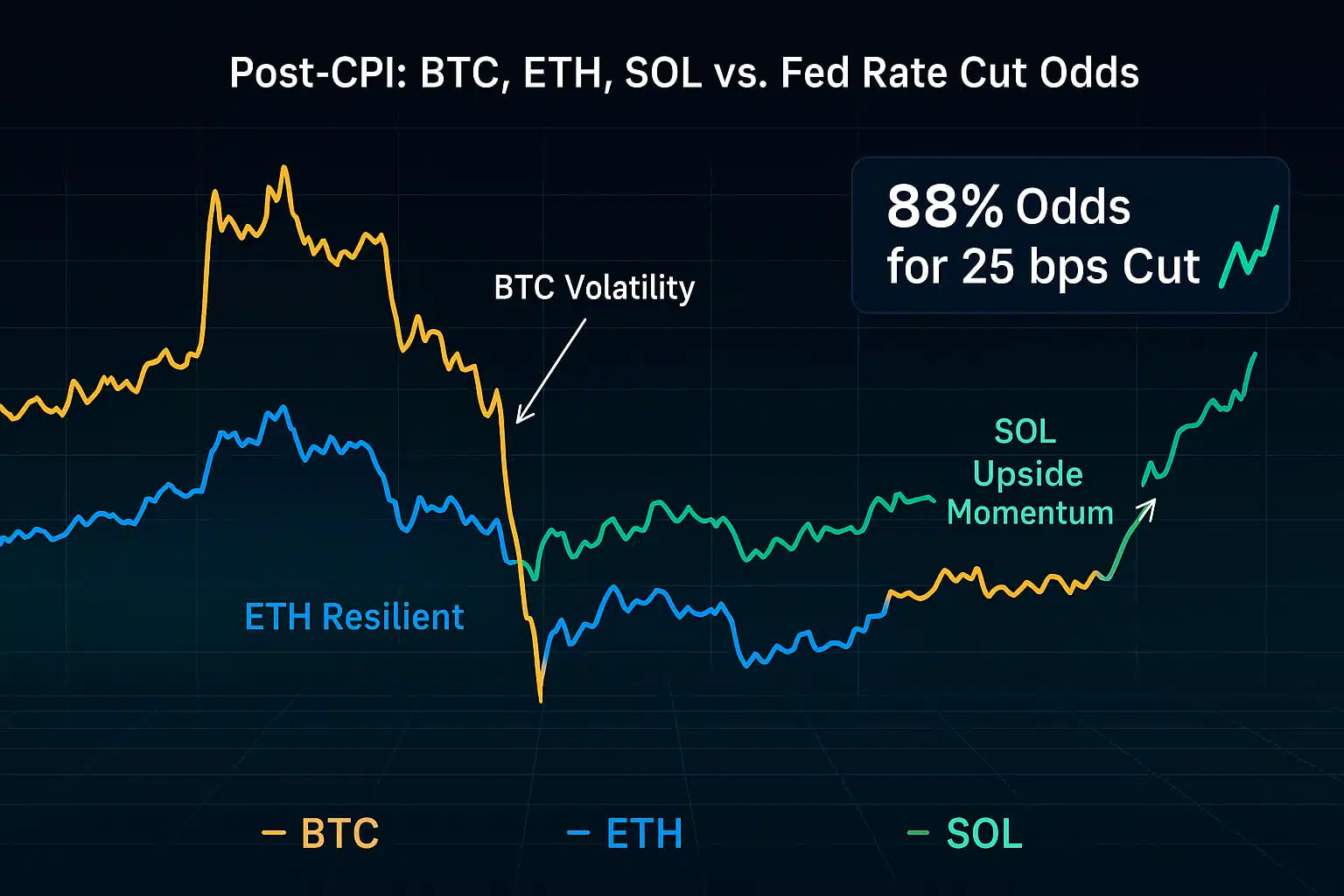Airdrops are an incredible opportunity to earn free cryptocurrency tokens and explore new blockchain projects. But the risks are real phishing attacks, wallet hacks, and malicious contracts can put your assets in jeopardy. Learning how to participate in airdrops without sacrificing security is critical for every crypto enthusiast. This guide provides practical steps to protect your assets while enjoying the rewards.
1. Why Security is Essential in Airdrops
While airdrops can be highly profitable, they also come with security concerns. Here’s why you should prioritize protection:
- Prevent Loss of Assets: Sharing sensitive information, like private keys, can result in complete loss of funds.
- Avoid Scams: Fake airdrop campaigns may trick you into interacting with malicious contracts.
- Maintain Your Portfolio: Neglecting security could lead to unauthorized access, jeopardizing both your airdropped tokens and existing assets.
Example: A participant in a fraudulent airdrop shared their wallet credentials. Their funds were drained within minutes. Proper security measures could have prevented this.
2. Best Wallet Practices for Airdrop Security
Choosing the right wallet is the first step to securely participate in airdrops.
2.1 Use a Dedicated Wallet for Airdrops
Create a separate wallet specifically for airdrop participation. This isolates your main assets, minimizing risk.
Examples of wallets to consider:
- MetaMask: Ideal for Ethereum, Binance Smart Chain, and Layer 2 blockchains.
- Trust Wallet: Supports multiple chains like Avalanche, Polygon, and Solana.
- Phantom Wallet: Perfect for Solana-based ecosystems.
2.2 Secure Your Wallet with Hardware Solutions
Transfer your airdropped tokens to a hardware wallet (like Ledger or Trezor) for offline storage. This ensures your tokens remain safe even if your online wallet is compromised.
3. Verifying Airdrop Legitimacy
Not every airdrop is genuine. Many scams mimic legitimate campaigns to steal funds. Always verify before participating.
3.1 Check Official Sources
Only trust airdrops announced on the official websites or social media channels of blockchain projects.
Example: The Uniswap (UNI) airdrop was announced through Uniswap’s verified channels, ensuring participants avoided fake campaigns.
3.2 Use Trusted Platforms for Tracking
Platforms like CoinMarketCap Airdrop Tracker, Crypto.com, and Airdrops.io curate verified airdrops, reducing the risk of scams.

4. Protecting Private Keys and Wallet Data
Your private keys are the most sensitive part of your wallet. Protecting them should be your top priority.
4.1 Never Share Your Private Keys
Legitimate airdrops will never ask for private keys or seed phrases. If prompted, it’s a scam.
Example: A phishing website posing as an airdrop campaign tricked users into entering private keys. The scam resulted in stolen funds.
4.2 Store Keys and Phrases Safely
Write your wallet’s seed phrase on paper and store it in a secure location. Avoid saving it digitally, as online storage can be vulnerable to malware.
5. Managing Smart Contract Permissions
Many airdrops require you to connect your wallet to a platform. This introduces risks if permissions are mismanaged.
5.1 Revoke Permissions After Claiming
Once you’ve claimed an airdrop, use tools like Revoke.cash or Etherscan Token Approvals to remove unnecessary permissions.
5.2 Enable Limited Permissions
Always choose read-only wallet connections when possible, to minimize exposure during wallet interactions.
6. Tools and Platforms for Secure Airdrop Participation
Maximize security and efficiency by using reliable tools:
- Ledger Live: Monitor assets securely after transferring airdropped tokens to your hardware wallet.
- DappRadar: Discover legitimate DeFi and NFT-related airdrop opportunities.
- Revoke.cash: Review and revoke wallet permissions after claiming airdrops.
- MetaMask: Use its security features to monitor connected apps and permissions.
7. Common Airdrop Pitfalls and How to Avoid Them
7.1 High Gas Fees
On networks like Ethereum, gas fees can eat into the value of small airdrops. Avoid participating in minor airdrops during high-fee periods, or focus on networks like Binance Smart Chain or Polygon.
7.2 Phishing Links
Be cautious of links shared in emails or unofficial social media channels. Double-check the URL and always access airdrop pages via official sources.
7.3 Forgotten Claim Deadlines
Many airdrops have strict claiming periods. Use tools like Google Calendar or mobile reminders to track deadlines.
8. Real-Life Example: Safe Airdrop Participation
A DeFi enthusiast participated in the Optimism (OP) and Stargate (STG) airdrops by following these steps:
- Used MetaMask for the Optimism network.
- Verified legitimacy through official announcements on Twitter.
- Reclaimed wallet permissions using Revoke.cash after claiming.
- Transferred tokens to a Ledger Nano X hardware wallet for long-term storage.
These strategies ensured their assets remained secure while maximizing airdrop rewards.
9. Advanced Security Tips
9.1 Multi-Factor Authentication (MFA)
Enable MFA on your wallet platform, if available, for an additional layer of security.
9.2 Use Secure Internet Connections
Avoid public Wi-Fi networks when accessing your crypto wallet. Use a private and secure network, or better yet, a VPN.
9.3 Educate Yourself
Stay informed about the latest scams and security measures. Crypto communities on platforms like Reddit and Twitter often discuss ongoing threats.
Conclusion
Airdrops are a lucrative way to earn free tokens and explore innovative blockchain projects, but security should never be compromised. By following best practices like using dedicated wallets, verifying campaigns, and managing permissions you can participate in airdrops without sacrificing security. Take these steps to protect your assets, maximize rewards, and confidently navigate the crypto space.
Stay Updated
For more insights on blockchain security and airdrop strategies, visit our Blockchain Technology Guides.
Special Offer
Ready to trade your airdrop rewards? Sign up on Bybit today and earn up to $30,000 in deposit bonuses. Start trading securely on a trusted platform.
















